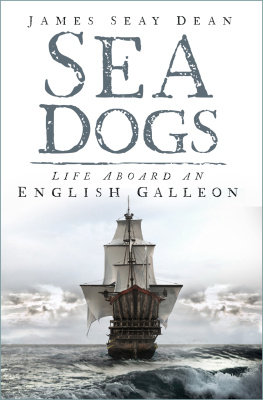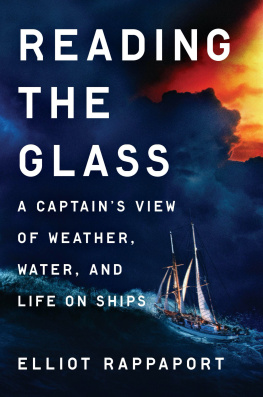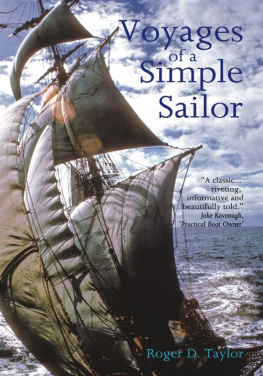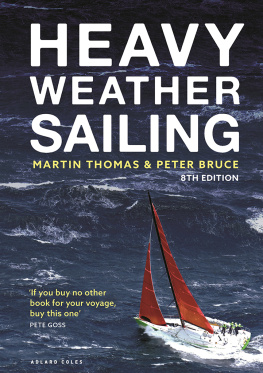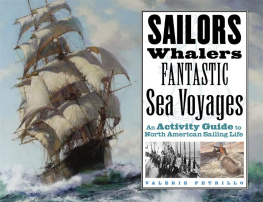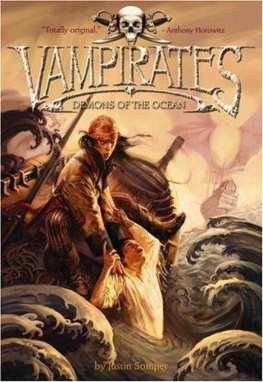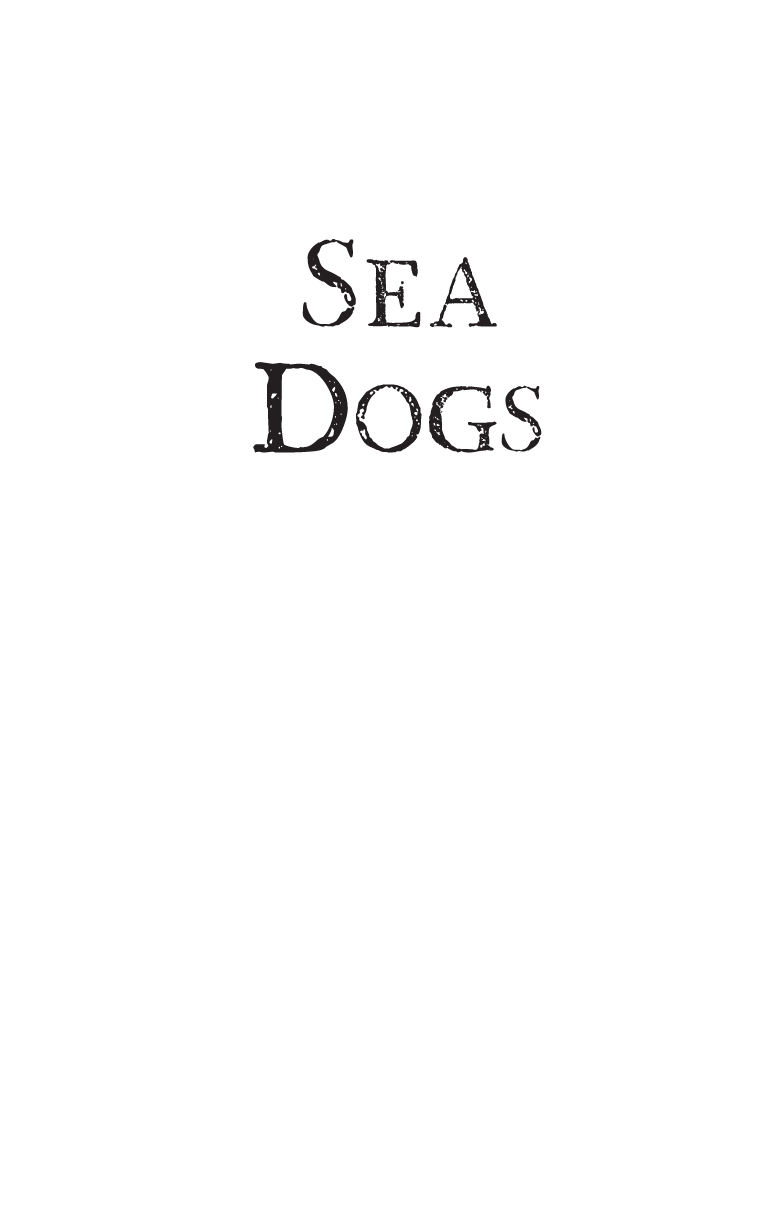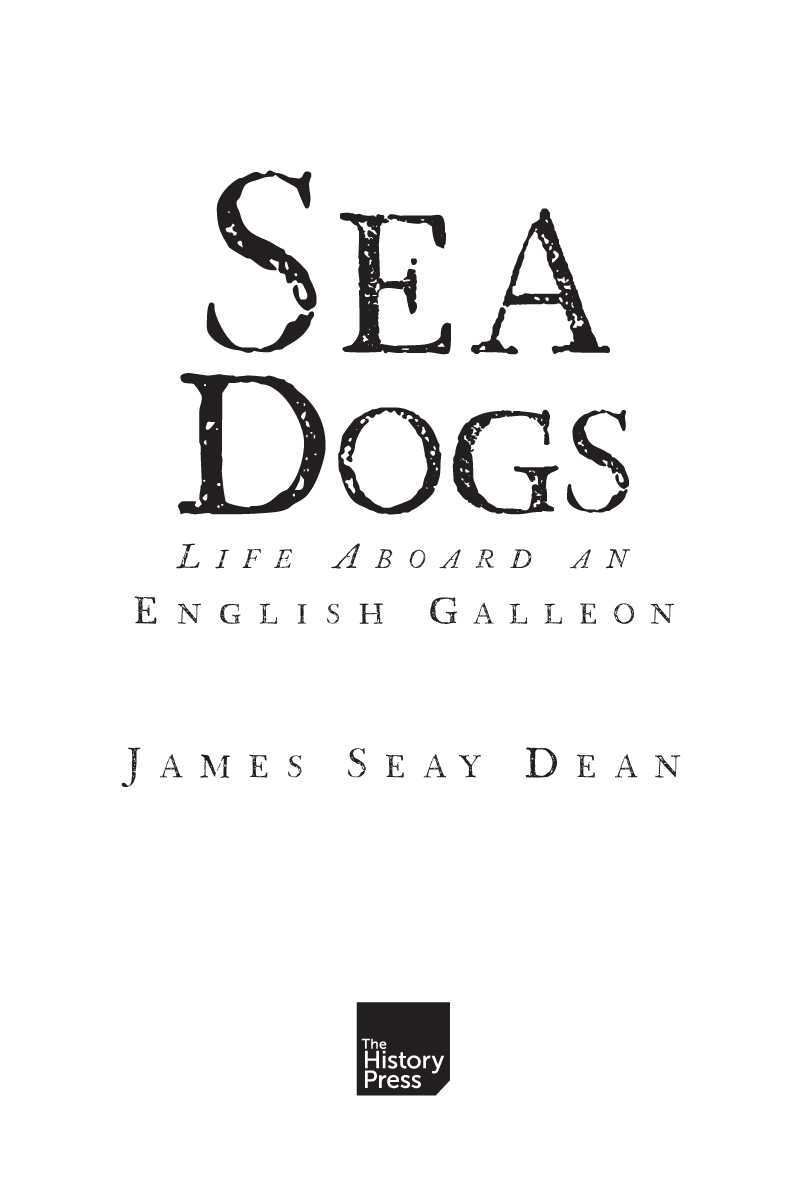Contents
Guide
Let sea-discoverers to new worlds have gone,
Let maps to others, worlds on worlds have showne
Where can we finde two better hemispheares
Without sharpe North, without declining West?
John Donne, The Good Morrow, 1633
First published 2014 under the title Tropic Suns: Seadogs Aboard an English Galleon
This paperback edition published 2022
The History Press
97 St Georges Place, Cheltenham,
Gloucestershire, GL50 3QB
www.thehistorypress.co.uk
James Seay Dean, 2014, 2022
The right of James Seay Dean to be identified as the Author of this work has been asserted in accordance with the Copyright, Designs and Patents Act 1988.
All rights reserved. No part of this book may be reprinted or reproduced or utilised in any form or by any electronic, mechanical or other means, now known or hereafter invented, including photocopying and recording, or in any information storage or retrieval system, without the permission in writing from the Publishers.
British Library Cataloguing in Publication Data.
A catalogue record for this book is available from the British Library.
ISBN 978 0 75095 738 0
Typesetting and origination by The History Press
Printed and bound in Great Britain by TJ Books Limited, Padstow, Cornwall.
eBook converted by Geethik Technologies

Contents
Preface
This is a seafarers book that draws from hundreds of sixteenth-century and early seventeenth-century ocean voyages. It was written to convey the realities of everyday life aboard the galleons sailing between England and the West Indies. From jack tar to captain, what was life like aboard an Elizabethan ship? How did the men survive tropical heat, storms, bad water, rotten food, disease, poor navigation, shifting cargoes and enemy fire? With a whiff of oakum, salt spray and gunpowder, and in the words of Hawkyns, Drake, Ralegh and the ordinary seaman aboard, what was it like to live on a galleon or pinnace in the American Tropics?
These are matters deeply familiar to a man who has sailed the Atlantic and West Indies for many years as crew, mate, navigator, sailing master, captain, owner and lecturer, on vessels ranging from small sloops and cutters to brigantines and four-masted barquentines. The author is as comfortable on deck as at a desk, as practised at going aloft as negotiating the upper floors of library archives. To an emeritus professor of Elizabethan studies, the details of these lives at sea have been a particular fascination for many decades.
The structure of Sea Dogs follows the sequence that a common sailor bound across the ocean would have observed: first the state of his ship, his food and water, then his weather, the climate and best time of year to sail, the tools and skills of getting from here to there and back again, the way the ship is run at sea, various measures for recognising and treating illnesses and, at last, being paid once the long trick is done.
Sea Dogs: Life Aboard an English Galleon (first published by The History Press in 2014 under the title Tropic Suns: Seadogs Aboard an English Galleon) complements Tropics Bound: Elizabeths Seadogs on the Spanish Main (Stroud: The History Press, 2010), which narrates the voyages undertaken in the name of gospel and gold between 1516 and 1618, a century before events at Plymouth Rock. Sea Dogs was initially intended to be part of Tropics Bound, but here it sails on its own as a companion volume, not as technical ballast but as the on board lore of another ship alongside. Read together, the two books encompass the Elizabethan mariners remarkable accomplishments.
The span of both begins with the same first English voyage to the West Indies in 1516, but where Tropics Bound ends with some finality at Raleghs beheading in 1618, the terminus for Sea Dogs is the decade of the 1640s. That decade was one of major transitions, including the end of a century of Dutch, English and Irish efforts to plant settlements in South America. In England, it covered the start of a civil war over divine versus popular rights, then the death of a king and installation of a commonwealth. The 1640s were also the cauldron of a new empirical fusion of theory and practice in medicine, astronomy, physics, magnetism, optics, mathematics and navigation.
Elizabethan and Jacobean maritime history has been the focus of many of this authors many articles and three of five books. The sources were researched incrementally during the years the author worked toward his doctorate from the Shakespeare Institute of the University of Birmingham, England and during research fellowships in the USA at Wisconsin, Illinois, Chicago, Vanderbilt, Brown and Williams universities. In England, this interest in the maritime history of the period was reinforced during fellowships at Exeter University, at the University of East Anglia, in Norwich, and at Harris Manchester College, Oxford. The approach has been to present maritime history in the light of modern knowledge and science, scrutinizing the period both as a sailor and as an historian.
Tropics Bound and Sea Dogs honour the 400th anniversaries of the first permanent settlements in or off the coast of North America: St Johns, Newfoundland (1583), Jamestown (1607), Bermuda (1609) and Plymouth (1620). Both books were written to celebrate the extraordinary drive and courage of early sailors who left the familiarity of their English estuaries for the dangers of the Cabo Verdes and the Caribbean, the Rivers Amazon and Orinoco and the Strait of Magellan.
Notices to Mariners
The prudent mariner, here the reader of Sea Dogs, will appreciate knowing the essential chart datum: its scope and terms. Following the practice of the Naval Records Society (but not that of the Hakluyt Society), the spellings of early texts have been modernised for the common readers sake, though the syntax, vocabulary and punctuation of the originals have generally been kept. Notes and bibliography direct the reader to early sources. Only a very few manuscripts from the period have survived; certainly, no ships logs or charts are known to exist. Even contemporaneous accounts of life aboard can be second hand, the tales generally having been reported and written in port, after the fact. The author is happy to clarify or expand any point for the interested reader and can be reached through a letter to the publisher. The aim is to present a readable book framed and ballasted by reliable research.
Times and Dates
At sea, time is traditionally measured from noon zenith to noon zenith, not as on land, where civil time begins the day at midnight. This book is mainly about English Tudor and Stuart sailors and uses the calendar they used, the Old Style (Julian) calendar and not the New Style (Gregorian) one, which puts the English about ten days behind the Continent. Exceptions are noted in the text. During this period the English observed both 1 January and 25 March as the start of the new year. In this work, 1 January is generally taken as the start.

